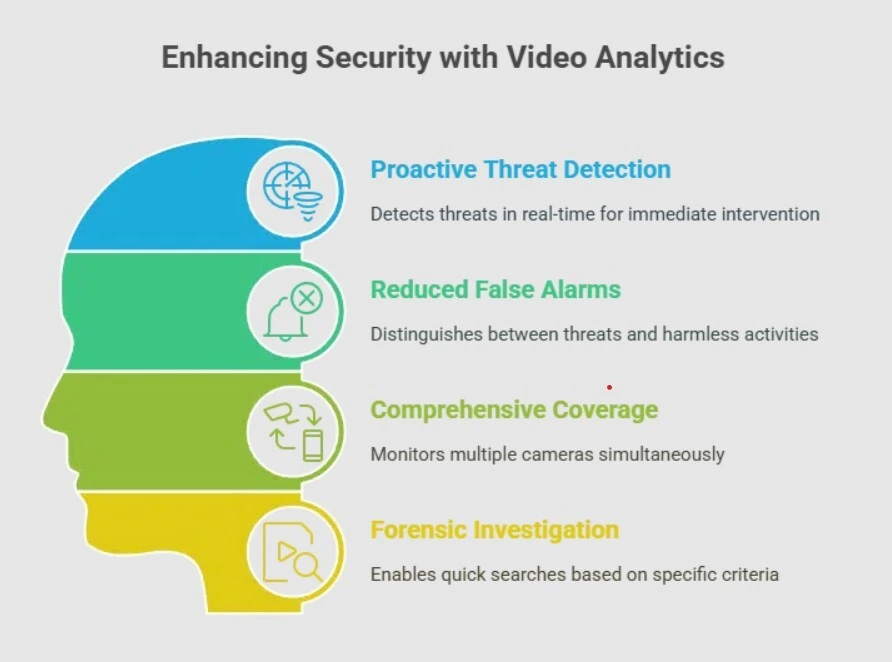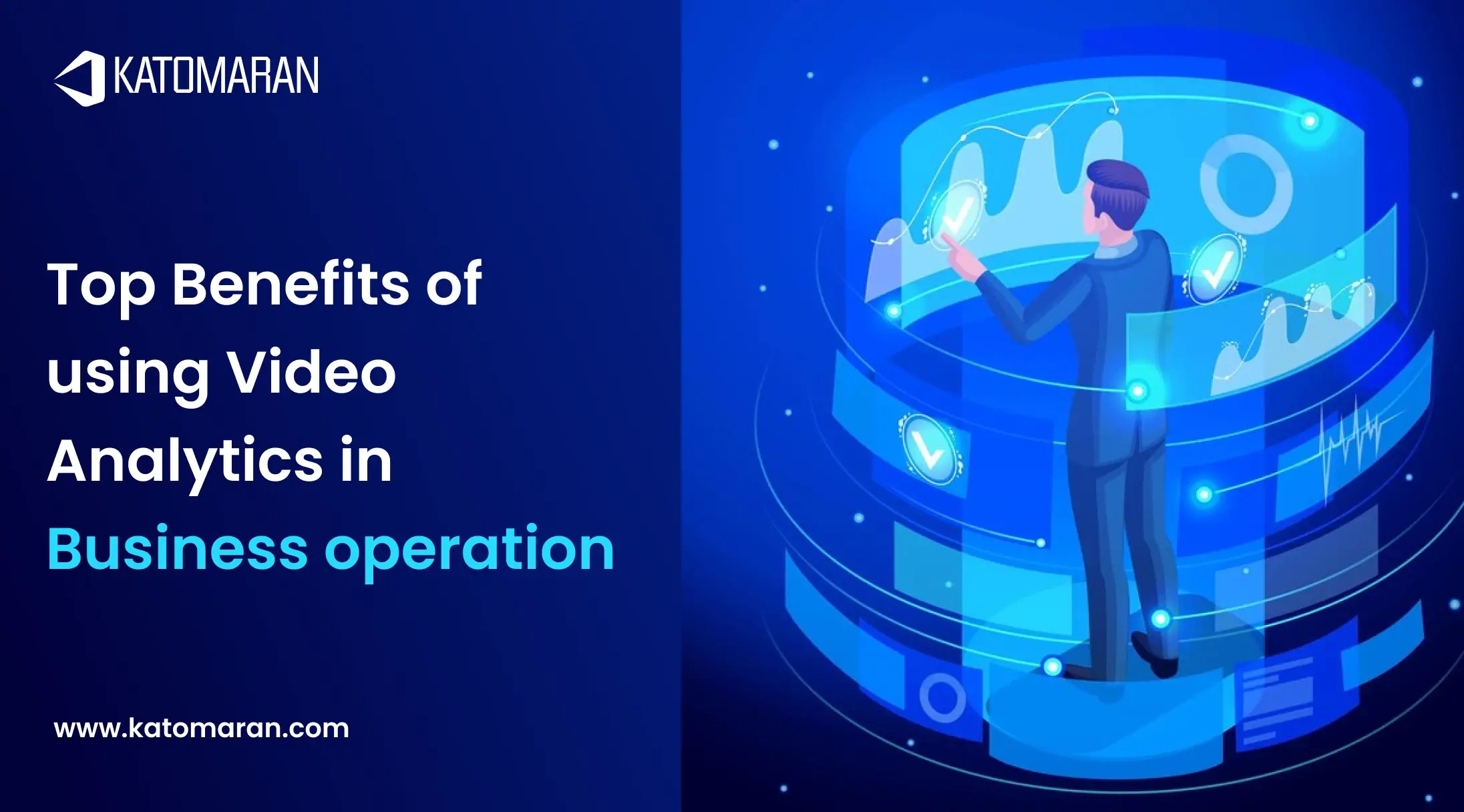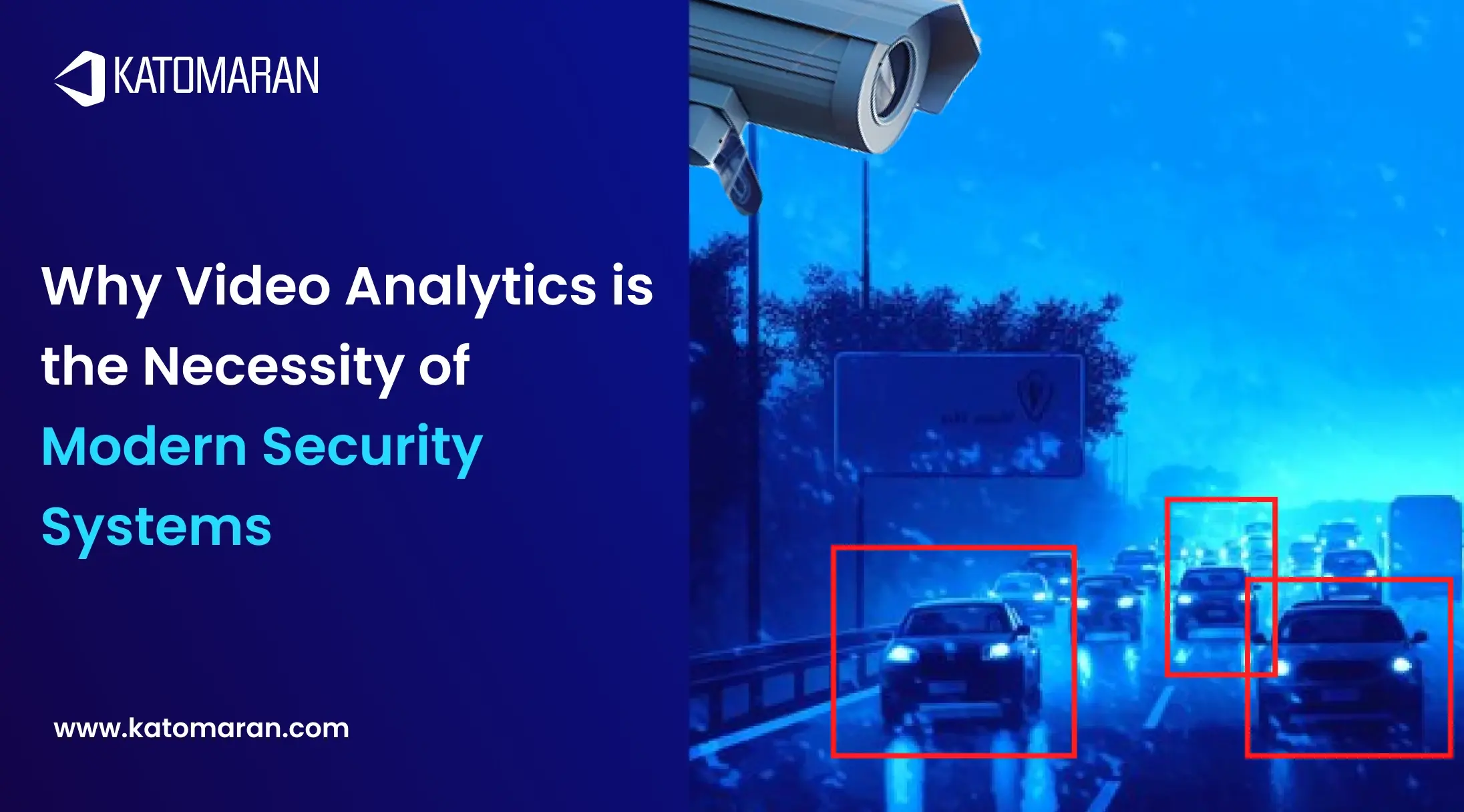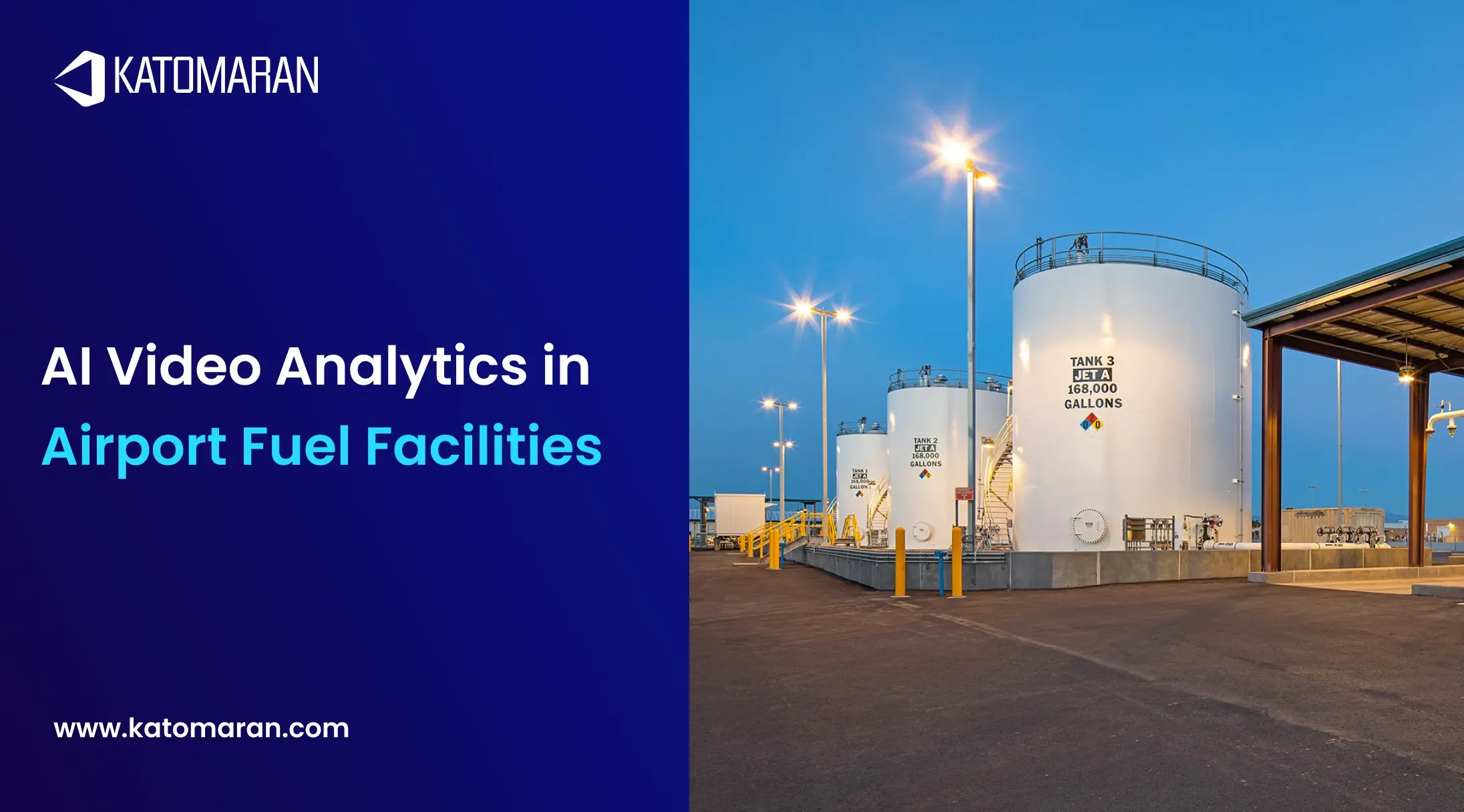Introduction
In an era where digital transformation touches every corner of public safety, Forensic Video Analytics is rapidly emerging as one of the most indispensable tools for security agencies worldwide. From investigating crimes to enhancing real-time situational awareness, this technology has redefined how surveillance investigation data is processed, interpreted, and utilized for decision-making.
Let's see why Forensic Video Analytics has become a staple of contemporary security infrastructure — and how it enables agencies to remain one step ahead of developing threats.
The Expanding Challenge in Security Surveillance
Thousands of cameras in cities, airports, transportation networks, and government buildings record hours of video every day. But fewer than 10% of these videos are ever examined. The amount of manual effort it takes to analyze such large quantities of footage renders it nearly impossible for security teams to pull actionable insights within time constraints.
That is where Forensic Video Analytics turns the tables. Forensic Video Analytics uses AI in security to automate the long and cumbersome process of digging through hours of video to minutes of actionable evidence. Whether suspect identification, tracking movement, or spotting unusual behavior, forensic analytics leaves no important detail undetected.
What Is Forensic Video Analytics?
Forensic Video Analytics is the use of sophisticated algorithms, artificial intelligence, and machine learning to examine recorded or live video feeds. It's created to discover patterns, identify objects, and find anomalies that the human eye can't see.
Whereas old video systems only archive recordings, forensic analytics systems make intelligent interpretations of data, enabling security agencies to reconstruct what happens, validate facts, and build stronger cases with credible digital evidence management tools.
Simply put, it's having a 24/7 digital investigator — one that never tires, gets distracted, or bogged down with data overload.
How It Works: Converting Footage into Evidence
Forensic Video Analytics works in several stages
Data Ingestion – The software aggregates video from diverse sources — CCTV cameras, drones, body-worn cameras, or even mobile recordings.
Processing and Enhancement – With the help of AI algorithms, the video is stabilized, deblurred, and processed to render each frame crystal clear.
Object and Face Recognition – Advanced models recognize individuals, vehicles, license plates, and even objects such as weapons or bags.
Behavior and Pattern Analysis – The analytics engine identifies abnormal behavior, movement patterns, or interactions that can be indicators of potential risk.
Reporting and Integration – The findings are available in easy-to-use dashboards and reports, integrated natively with digital evidence management systems for investigation and documentation.
Why Forensic Video Analytics Can't Be Overlooked by Security Agencies
1. Speeding up Investigations
Conventional video examination can take several days or even weeks. In forensic analytics, investigators can see immediately the most important moments — like when a suspect enters, a car enters an area, or an object is left behind. Not only is time saved, but a response is also made on time during emergencies.
2. Improved Accuracy and Objectivity
Humans can be exhausted and overlook things, particularly while analyzing endless streams of videos. AI-powered analysis removes human error and prejudice, providing objective and uniform results that enhance the validity of evidence in court proceedings.
3. Enhanced Surveillance Inquiry
With the integration of Forensic Video Analytics and smart surveillance, agencies can have more comprehensive surveillance investigation — correlating feeds from multiple cameras, tracking movement history, and correlating events between locations. Such end-to-end visibility crafts disjointed fragments into a unified story of what happened.
4. Unified Collaboration with AI in Security Platforms
Contemporary AI in security tools integrate hand-in-hand with forensic analytics. Facial recognition, crowd analysis, and prediction of behavior are features that assist security agencies in anticipating likely threats instead of simply responding to them. Coupled with predictive analytics, it facilitates proactive policing and preventive action.
5. Efficient Digital Evidence Management
Storage, management, and retrieval of video evidence have been troublesome issues. With built-in digital evidence management systems, forensic analytics provides secure storage of data, tamper-proofed logs, and simple evidence sharing among departments, prosecutors, or courts. It streamlines the handling of cases and provides greater transparency.
6. Scalability and Adaptability
Forensic video solutions are scalable — whether it's a small municipality or a national law enforcement agency. They easily integrate with existing camera infrastructure, cloud platforms, or command centers, making it cost-effective and future-proof to deploy.

Real-World Applications of Forensic Video Analytics
The real-world applications of Forensic Video Analytics range across several areas
Law Enforcement – Trace suspect movements between several cameras in a matter of seconds, confirm alibis, or identify stolen cars using license plate recognition.
Transportation Security – Watch out for suspicious behavior or abandoned luggage by monitoring crowd movement in metros, airports, and stations.
City Surveillance – Facilitate smart surveillance for traffic control, crime deterrence, and public safety monitoring.
Corporate Security – Secure premises with access control analytics, perimeter intrusion detection, and tracking of employee movements.
Critical Infrastructure – Secure power plants, data centers, and government buildings using real-time video intelligence.
Such applications illustrate why video analytics for law enforcement is not a discretionary add-on — it's increasingly a strategic imperative.
Challenges and Considerations
Although the advantages are obvious, Forensic Video Analytics is not without its challenges. Some key factors include
Data Privacy – Agencies must comply with privacy regulations and use AI ethically.
Data Storage – Large volumes of HD video require effective compression and cloud storage.
Integration Complexity – Merging analytics platforms with legacy surveillance networks demands careful planning and expertise.
Training and Adoption – Security staff must be trained to interpret analytical results effectively.
Surmounting these challenges demands cooperation between policymakers, law enforcement agencies, and technology providers — guaranteeing both security and respect for human rights.
Conclusion
In the current high-tech security situation, Forensic Video Analytics equips security agencies to turn surveillance videos into actionable intelligence quickly and accurately.
Katomaran Technologies provides innovative Video Analytics Solutions that utilize AI for detecting, tracking, and analyzing individuals, cars, and objects in any environment. Their offerings include face and license plate recognition, crowd detection, object left/removed alerts, and people tracking — all deployable on edge, cloud, or hybrid configurations.
Through the combination of smart surveillance and advanced digital evidence management, Katomaran enables organizations to strengthen investigations, improve safety, and make informed decisions with video intelligence they can trust.




